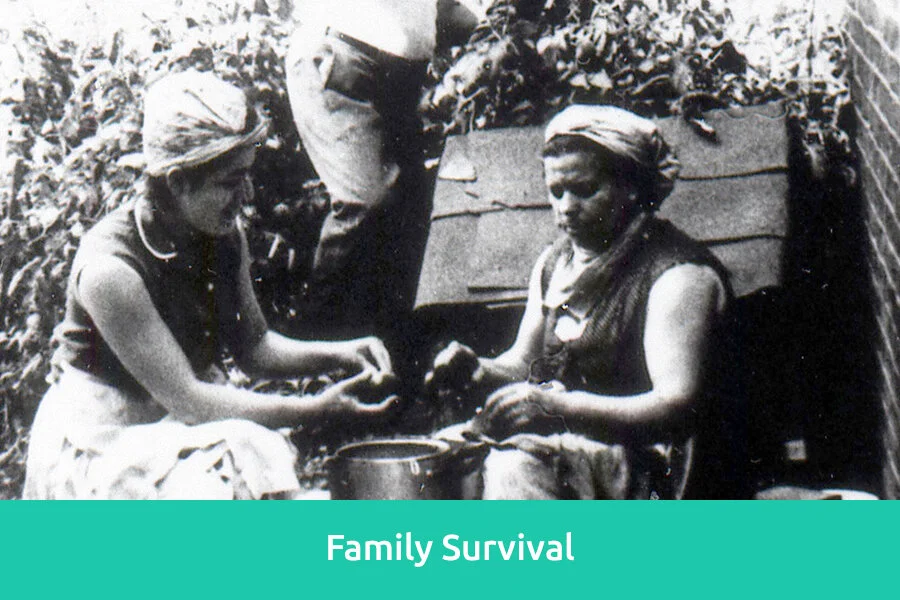North End Tour
This stretch of shoreline was once home to a number of Hamilton waterfront industries: marine foundries, ice houses, a sail loft and more. Most visible were the piers, boathouses and work yards of the city’s numerous boat builders. At the turn of the 20th century, a large number of these businesses dotted this end of the bay. At the base of the Ferrie Street hill was the boatworks of J. Whittaker and J. Massie. The Henry L. Bastien Boatworks was at the bottom of the Picton Street hill. Slightly north of this was the George Askew Boatworks. At the foot of Bay Street was the Robertson Brothers Boatworks.
This stretch of shoreline was once home to a number of Hamilton waterfront industries: marine foundries, ice houses, a sail loft and more. Most visible were the piers, boathouses and work yards of the city’s numerous boat builders. At the turn of the 20th century, a large number of these businesses dotted this end of the bay. At the base of the Ferrie Street hill was the boatworks of J. Whittaker and J. Massie. The Henry L. Bastien Boatworks was at the bottom of the Picton Street hill. Slightly north of this was the George Askew Boatworks. At the foot of Bay Street was the Robertson Brothers Boatworks.
Workers at Bastien’s turned out canoes, dinghies, rowboats, small sailboats and some larger sailboats and motorized launches. Other yards concentrated on the construction or refitting of larger vessels. The Hamilton Bridge and Tool Company at Stuart and Caroline streets built several large steamers. Large propeller or side-wheel driven steam craft were often docked at the Zealand, Robertson or MacKay yards for their winter overhaul.
In the early days, almost all boatbuilding was done by hand with traditional tools. By the turn of the century, some boatworks began to resemble small factories. Thomas Jutten’s large workshop boasted modern woodworking machinery powered by electricity. Over 35 men worked in this shop at the foot of Wellington Street. Twelve experienced workers found employment with Robertson Brothers. A good number of ship carpenters and machinists worked for the city’s larger boatbuilders, such as Bastien’s or Askew’s. In March of 1884, it was reported that workers in Bastien’s two-storey factory had built 60 boats and had 15 to go before the season opened.
It was not uncommon for master boatbuilders to have started out as workers. Henry Bastien was originally a ship carpenter for the Grand Trunk Railway. Thomas Jutten started out as a machine shop worker at the Burrow, Stewart and Milne Foundry on Cannon Street. Ben Kerr worked as a stonemason and then a plumber before opening his boatworks at the foot of Bay Street around 1910. By the 1920s, wooden boatbuilding couldn’t compete with new materials like fiberglass, and Hamilton’s North End boatbuilding industry slowly died away.
Read more +
A community of working people
Although this area has seen many changes since the years when Hamilton’s North End first became the home of working people in the early 19th century, it has always been a community of workers. Geography is one reason for this: it’s hard to imagine now, but large inlets once pushed their way from the bay into the heart of this district. The low-lying land was swampy and broken up by small ravines. Hamilton’s more affluent settlers tended to choose the higher and drier land closer to the centre of the city. The homes of families that settled in the North End were mostly built atop the small hills that dotted this section of the city.
By the 1820s and 1830s, settlement in the North End was concentrated around the small wharves near the foot of James Street North. The wharves were built by area merchants to handle the local lake traffic of commercial and agricultural products. Known as Port Hamilton, this was the main hub of activity in the region. A compact community with shops, taverns, hotels and boardinghouses flourished. Many of the area’s first settlers were British or American. Things soon began to change, however.
An era of expansion and population growth
In the 1840s, Irish immigrants escaping the great potato famine arrived in large numbers. Many of these newcomers took lodgings at the emigrant sheds near the foot of John Street. After this, a large number settled in the North End and in the Corktown neighbourhood to the south. They made up the bulk of the city’s unskilled labour force.
The Great Western Railway (GWR) yards opened at the foot of Stuart Street in 1854. This reoriented commercial activity and expanded the western boundary of the North End along the shore of the bay. Local businessmen turned their attention to industry. Some small metal shops founded in the 1830s and 1840s were expanded. The railway offered lucrative transportation links, and large, new enterprises sprang up. These included a number of machine tool plants, foundries and other metal shops. By the 1870s, the metal industry was joined by other factories, such as the Williamson Vinegar Works next to the Custom House and the Burlington Glass Works on MacNab Street. Large numbers of area residents found employment in the 1880s at the Ontario Cotton Company on MacNab Street and the Hamilton Cotton Company on Mary Street.
Smaller-scale entrepreneurs also did well in this era of expansion and population growth. Taverns, hotels, barbershops and boardinghouses opened up near the railway station on Lower Stuart Street. On a cold winter’s morning, scores of men would be out on the bay cutting ice to fill the storage sheds of the many ice companies. The busy port also created a need for new boat yards and wharves towards the end of the century.
Attracted by employment opportunities, a steady stream of Anglo-Irish working families settled in the North End in the late 19th century. These new settlers joined those already here to establish a close-knit, compact working-class community.
The place to have fun was the bay
Early North Enders found comfort in their common ethnic origins. But community solidarity came mostly from their experience of working for wages. Neighbours often worked side by side in the same factory. They also fought shoulder to shoulder in struggles with employers. Everyone followed the schedule of the factory whistle. People helped each other through the lean times.
North Enders spent their leisure time together. Male workers would laugh, talk and play cards in the Stuart Street bars. During the day, neighbourhood streets were full of mothers and children, chatting as they went about their daily chores. In the evenings, neighbours visited on each other’s verandas.
The place where most North Enders went to have fun was the bay. On winter weekends, children would clear newly fallen snow from the ice, ready for a game of hockey. Huge numbers of spectators from the neighbourhood cheered them on. The summer drew hundreds of bathers to the shore, where the unpolluted water of the bay was ideal for swimming.
Change was slow, but far-reaching This close-knit, homogeneous community remained intact into the early 20th century, when things began to change. This change was slow, but by the end of World War II, it was far-reaching.
After 1900, the city’s industrial core began to shift to the east. Some North End residents took jobs at Stelco, Westinghouse or International Harvester. By World War II, almost all of the city’s major employers were outside of the North End. The post-war economic boom meant that many North Enders could afford to move into the suburbs that were being constructed on Hamilton Mountain. Automobiles became more affordable, so proximity to the workplace was no longer essential. The North End urban renewal program of the mid-1960s also pushed out a number of long-time residents.
The ethnic mix of the population was changing as well. At the turn of the century, immigrants from the Sicilian town of Racalmuto began to settle close to the rolling mills, where many of them worked. This group remained isolated from the rest of the community. By the 1920s, they had set up their own church and mutual benefit society and were holding their own community celebrations. They had also staged some of their first protests at their workplaces. By 1961, less than half of North End residents claimed the British Isles as their place of origin. Italians alone accounted for more than 20 per cent of the area’s population. Poles, Ukrainians, Russians and other Europeans made up another 15 per cent. In the decades to follow, many Portuguese newcomers joined the multi-ethnic mix.
By the end of World War II, North Enders had lost the focal point of their community — the bay. Wharves and warehouses were reconditioned and expanded for industrial and commercial use. The north end of Eastwood Park, including the revetment wall, was taken over by the Department of National Defence. Here, the department built the HMCS Star, a naval-training base. The docks of the exclusive Royal Hamilton Yacht Club were refurbished and enlarged. Fences surrounded all of this, cutting North Enders off from their recreational space. The last remaining swimming spot was soon abandoned, as concerns over pollution in the bay mounted.
Despite these changes, the North End remained a community of working families. Their goals and aspirations were much like those of their contemporaries. Parents worked hard to provide for their families. In times of hardship, all family members and the entire community pulled together. North Enders banded together to form church groups, hockey teams and community organizations. As you will see for yourself on the streets of this historic neighbourhood, the character of the working-class community still shines through.












